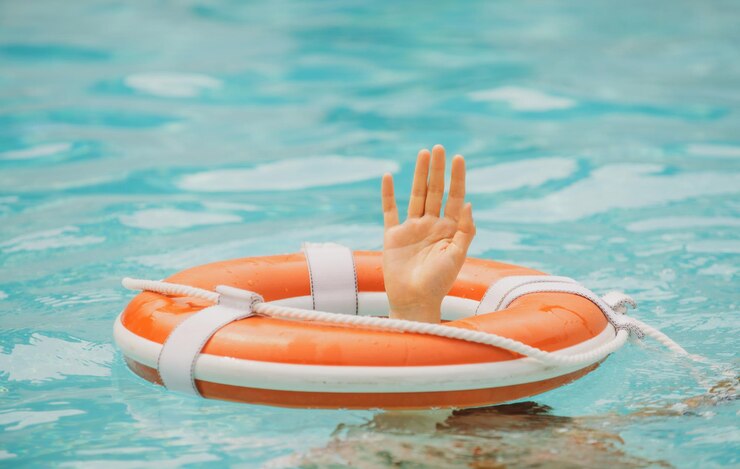
Swimming is a great form of exercise and a fun way to spend time in the water, but it's essential to prioritize safety when enjoying aquatic activities. Drowning is a leading cause of unintentional death worldwide, and even experienced swimmers can be at risk if they don't take the necessary precautions. Here are some essential swimming safety tips to keep in mind to ensure a safe and enjoyable aquatic experience.
1. Learn to Swim
One of the most important steps towards staying safe in the water is to learn how to swim. Enroll in swimming lessons or find a qualified instructor to teach you the basics of swimming. Even if you're a proficient swimmer, continuous training can help you improve your technique, stamina, and confidence in the water.
2. Never Swim Alone
Swimming solo can be dangerous, especially in deep waters or unfamiliar settings. Always swim with a partner, or supervise children or inexperienced swimmers while in the water. If you're swimming in a public pool or beach, pay attention to the lifeguards' instructions, and stay within designated swimming areas.
3. Respect Weather and Water Conditions
Weather and water conditions can change quickly and affect your swimming experience. Check the weather and forecast before heading to the water and avoid swimming during storms or high winds. Be mindful of currents, waves, and rip tides in natural water bodies, and never dive into shallow or murky water without assessing the depth and potential hazards first.
4. Wear Appropriate Gear
Comfortable and appropriate gear can enhance your swimming experience and keep you safe in the water. Always wear a well-fitted and secure life jacket if you're not a confident swimmer or participating in water sports like kayaking or paddleboarding. Use swim goggles to protect your eyes from chlorine or saltwater and prevent eye infections.
5. Stay Hydrated
Swimming can be dehydrating, even when you're in water, so it's essential to stay hydrated. Drink plenty of water before, during, and after swimming, and avoid alcohol or caffeinated beverages that can increase dehydration. Symptoms of dehydration include thirst, dry mouth, dizziness, confusion, or fatigue.
6. Know Your Limits
Be aware of your swimming skills and limitations, and respect them. Don't attempt stunts or dives that you're not confident about or push yourself too hard during workouts. If you feel tired or struggling, stop swimming, and leave the water.
7. Learn Basic Water Rescue Skills
Knowing some basic rescue skills can help you save a life in emergencies. Learn how to perform primary rescue and resuscitation techniques such as CPR or rope-throwing to assist a drowning swimmer. Familiarize yourself with basic first aid practices and keep a first aid kit near your swimming area.
Conclusion
Swimming can be a fun and rewarding way to stay active and enjoy the water, but it's crucial to prioritize safety before diving in. Following these safety tips when swimming can make all the difference in preventing injury or drowning accidents. Always remember to know your limits, be mindful of weather and water conditions, and stay hydrated. By taking the necessary precautions and respecting the water, you can enjoy a safe and fun swimming experience.
Drop your comment